
Parque de Paz
A pocket park is a small park available to the public that is usually located on a vacant lot. The pocket park I am designing is located in Downtown Las Vegas near law firms on the corner of 6th Street and Garces Avenue. Because of its surrounding location, the park’s purpose is to provide a calm and relaxing place for the surrounding community. The park is to be accessible by the general public and be a welcoming place for the neighborhood. The pocket park will also include greenery and sitting areas to give the park a sense of peace.
Lizeth123's work for the Collect Information step:
Summary
I researched the surrounding neighborhood of the park and examined the businesses around the location.
This picture is of the site of the pocket park located on the corner of 6th Street and Garces...
The graph above shows the population by age of the area code 89101 which is where the pocket park...
Lizeth123's work for the Brainstorm Ideas step:
Summary
Other parks from around the world can give me inspiration for my park design. The park is located in Las Vegas where there is very little green space.
The pocket park that I want to design should incorporate a lot of green space. Since Parque de Paz...
Lizeth123's work for the Develop Solutions step:
Summary
To develop a solution, I made a layout of what would best fit the park's location.
The park has many trees and plants to bring a sense of peace to the park and the surrounding area.
Lizeth123's work for the Final Design step:
Summary
The pocket park integrates the original goal of the design. The park is a nice place to get away from the city and relax in a green oasis.
The completed park is located on the corner of 6th Street and Garces Avenue. The park provides a...
The concrete circle provides a more private area for people who want to come to the park and relax.
https://youtu.be/e_fYf-_dnmg
A rendered walk through of the pocket park gives more detail...
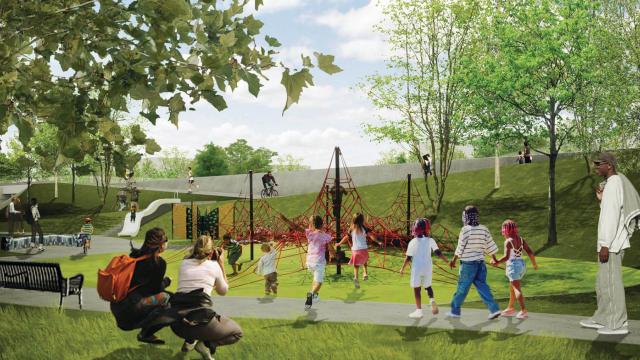
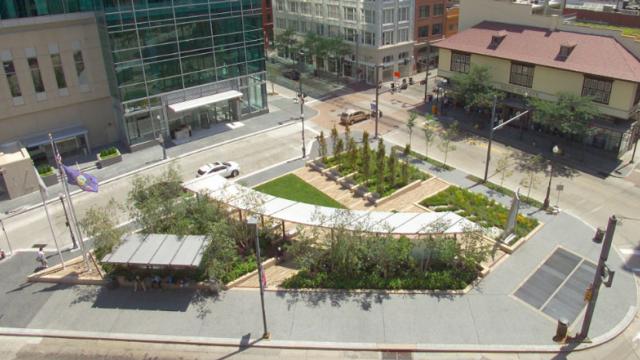


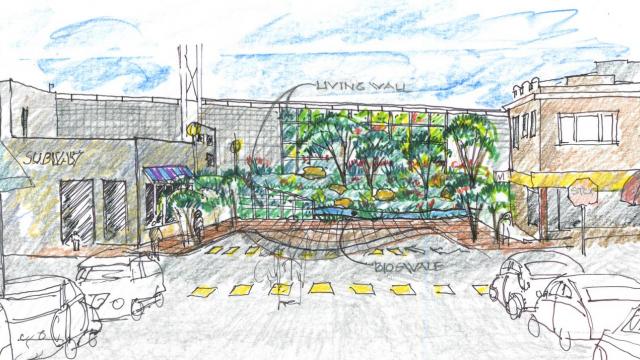

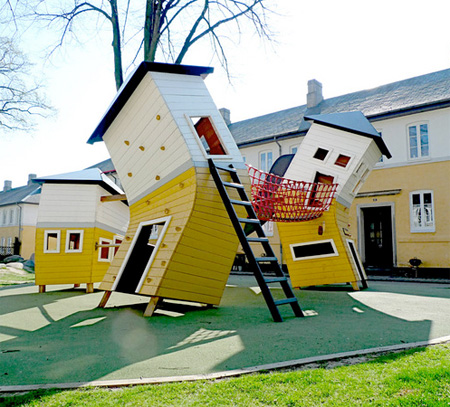

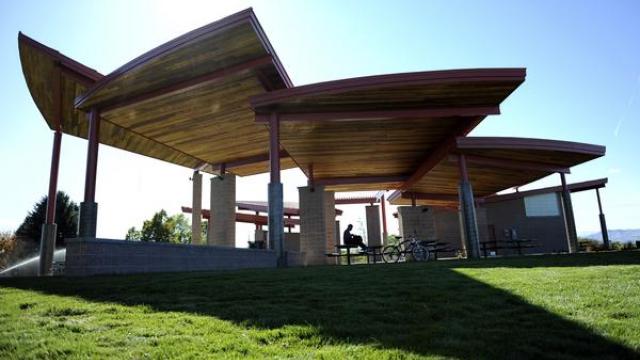


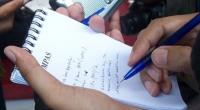
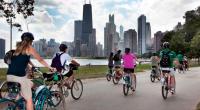




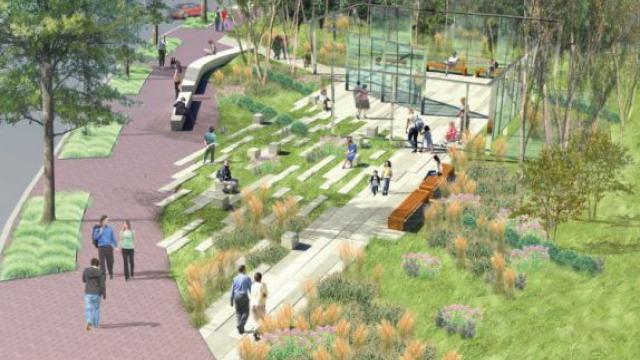
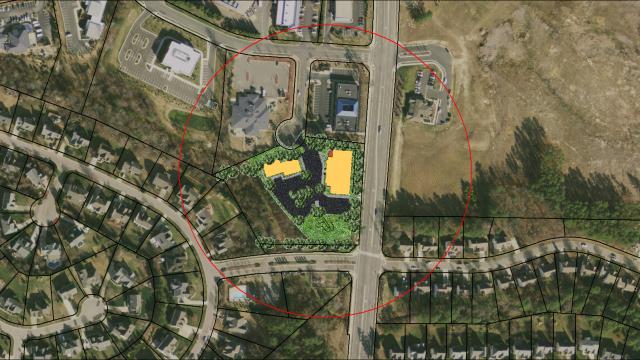
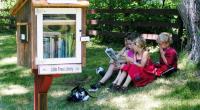
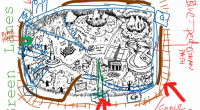




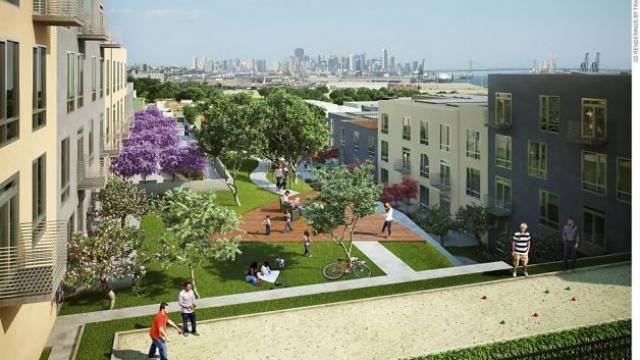
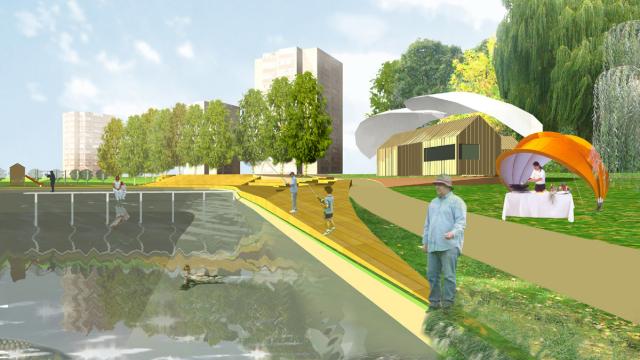





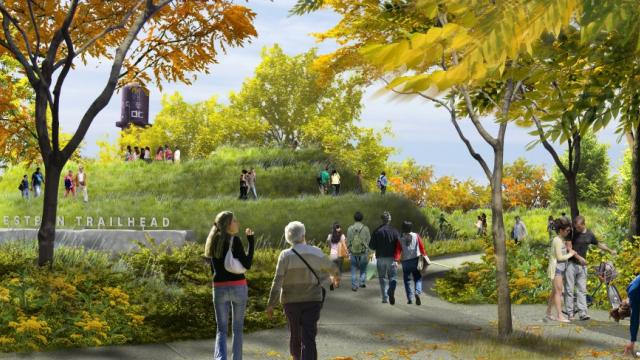
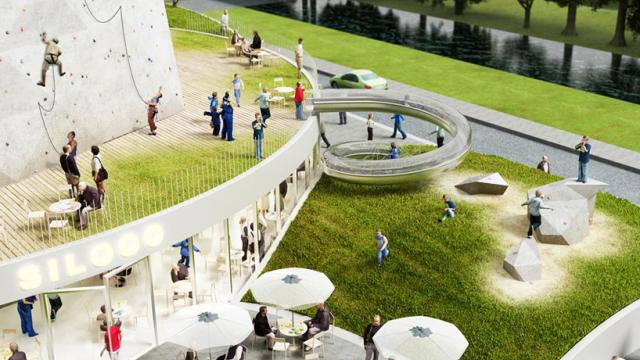
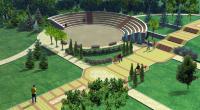








Comments
It was a cool idea to give your park a name with Latin roots given the demographics, because that makes it relevant to the people that will visit most often. Your design is solid and comprehensive however I feel that your park gives off a rather dull vibe and plants with a pop of color and brightening the color of your park would add curb appeal and would make it noticeable and attention grabbing. Now I am NOT saying that I your color scheme should be child-like, but accents of deep colors and yet still earth like tones could potentially drive your design in an even more bold position yet still accomplish the tranquil environment that you established. Nice job!
It was a cool idea to give your park a name with Latin roots given the demographics, because that makes it relevant to the people that will visit most often. Your design is solid and comprehensive however I feel that your park gives off a rather dull vibe and plants with a pop of color and brightening the color of your park would add curb appeal and would make it noticeable and attention grabbing. Now I am NOT saying that I your color scheme should be child-like, but accents of deep colors and yet still earth like tones could potentially drive your design in an even more bold position yet still accomplish the tranquil environment that you established. Nice job!